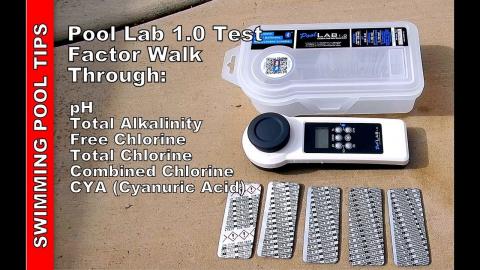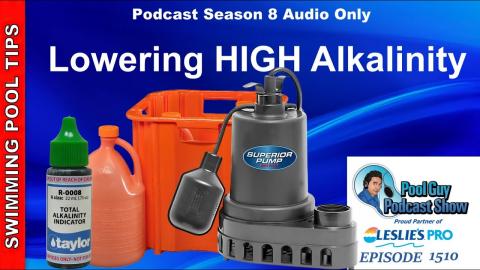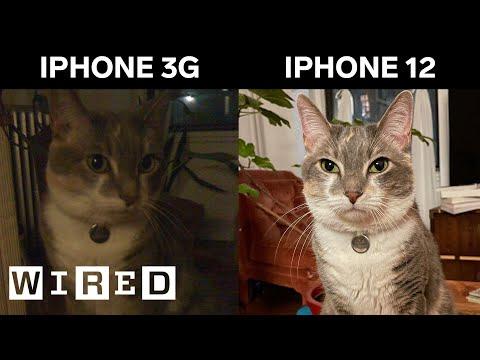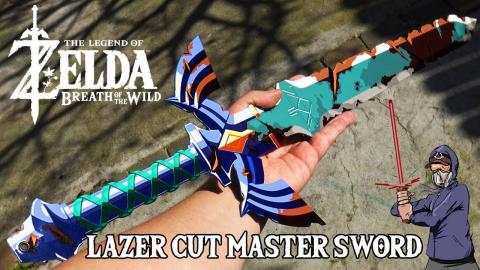What If? With Bob Lowry Part 1 of 2 - Your CYA is 200 and your Adjusted Alkalinity is Zero & More!
Description
“What If?” Episode
In this series with chemistry expert Bob Lowry, I take a page from Marvel comics and ask Bob a series of “What If?” questions. Bob applies his 48 years of pool industry knowledge to answer these questions and I think you will learn a lot from what he has to say about each one.
For Part 2: https://youtu.be/ccUlCKF_Hp4
Chapter Marks:
00:00 Intro
01:23 Bob Lowry Background
03:22 Softball Team in Pool
08:14 High CYA low Adjusted ALK
15:25 Low pH of 5 in pool
What if the Softball team just called. 15 players are coming over in an hour to go swimming. What do you do?
Bob tackles this question by citing studies in the UK about rinsing before getting in a pool. Typically most of the stuff on you will come off in the pool right when you jump in. If everyone takes a quick rinse or shower by the pool before jumping in, you can save 60% of the chlorine usage – which is a ton.
Also, adding a non-chlorine shock like Applied Biochemists Shocktrine which is a 100% potassium monopersulfate, or Leslie’s Fresh 'N Clear Chlorine-Free Shock which is the same can give your pool a jump start before the pool party. You should also raise the chlorine by 3-5 ppm so if you test it and it is at 3 ppm raising it to 8 ppm would be ideal.
Your CYA is 200 and your ALK is at 80. How do you do an Adjusted Alkalinity reading?
In most cases for the Saturation Index, you would do an Adjusted Alkalinity (carbonate alkalinity/cyanurate alkalinity) reading to get the true alkalinity of a pool. To calculate corrected alkalinity, simply subtract cyanurate alkalinity (and borate, if applicable) from total alkalinity. Cyanurate alkalinity can be calculated by subtracting roughly one-third of your CYA ppm from TA ppm. If you want to be more precise, the exact correction factor depends on pH. The lower your pH, the smaller the correction factor. N easy way to do this is to subtract 30% from your CYA reading. For example, if the CYA as in this question is 200 you would get 60 as the result. If your Total Alkalinity was 70 then subtracting 60 from that would be an Adjusted Alkalinity of 10. This would make the water corrosive in most cases if you plug that number into the Saturation index.
The solution to this would be to lower the Cyanuric Acid level down to 50-70 ppm by doing a partial drain. Otherwise, you will have very corrosive water due to the low carbonate alkalinity reading in the pool.
What if your pH is 5 and to get it to 7.8 you need to add 100 lbs (25K pool) of Soda Ash?
This happens a lot more than you realize and in many cases in a fiberglass or vinyl pool that has been using Tri-Chlor tablets as the primary sanitizer. The pH will be so low that sometimes the test kit won’t be able to register it. Let's take a pH of 5 in a 25,000-gallon pool. It would take over 100 lbs of Soda Ash to bring it back up to 7.8-8.0 and adding that much product will completely cloud the pool up.
Instead, Bob suggests adding enough Soda Ash to raise the pH and Alkalinity up, particularly the Alkalinity because with a pH of 5 it is probably near or at zero. Once you get the Alkalinity up to say 50 you can switch over to Baking Soda which will raise the Alkalinity up without moving the pH much. With the Alkalinity at 80-100, you can then use Aeration which is a way to raise the pH using air. You can put a submersible pump on the first step of the pool and shoot water up onto the surface. Or turn on the pool and point the jets upwards. Aeration will raise the pH quickly and you will need less Soda Ash if you use this method.
Or add the Soda Ash in 30 lbs. increments over the course of 3-4 days. One thing to note is that once the pH and alkalinity get in range if there is metal in the water it will drop out of the solution and cause staining in the pool. Adding a sequestering agent and a Culator 4.0 would help in preventing the metal staining in a cause where metals are in the water from the very low pH.
Bob Lowry is the author of over 23 books but this has to be one of his most relevant and shortest books coming in at just 19 pages thick. But it is packed with so many essentials on residential pool chemistry that you will want a copy to carry in your service truck. Bob Lowry has been in the industry for over 47 years and is the Lead Consultant at Lowry Consulting Group, leads the Pool Chemistry Training Institute, and has created the Certified Residential Pool & Spa Certification Program. Learn more at https://pcti.online/
Visit my Website: http://www.swimmingpoollearning.com/
eBook: https://www.swimmingpoollearning.com/swimming-pool-care-ebook
YouTube Video Index: http://poolmandave.blogspot.com/2014/03/swimming-pool-tips-reviews-how-to-video.html – A list of all of my videos.
Blogger: http://poolmandave.blogspot.com/
Facebook: https://www.facebook.com/swimmingpoollearning/
Twitter: https://twitter.com/Mrdgvb1
Join me on Patreon: https://www.patreon.com/poolguycoaching
Podcast: http://www.buzzsprout.com/110832













